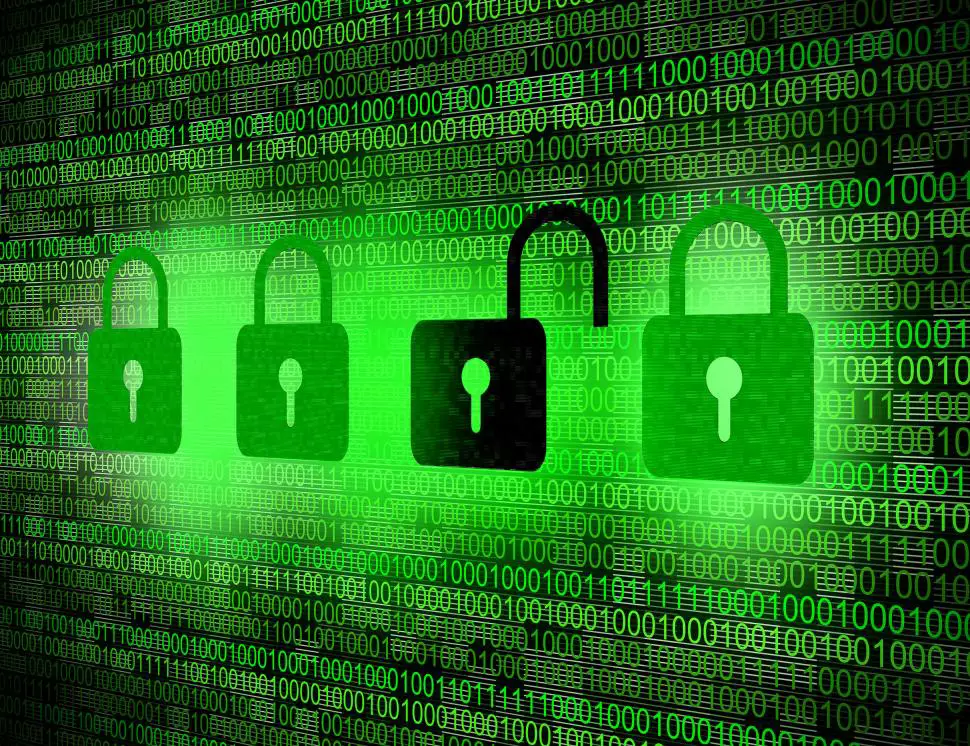
Note: This is a guest post written by Adam Dawson
Not many businesses, especially the smaller ones, realize the importance of data security. This reality is reflected by the findings of a study conducted by Axis Communications, which shows that only 15% of companies are adequately ready for cyber attacks. This shouldn’t be the case, considering how cyber threats become more prevalent year after year. Attacks become more aggressive as they try to defeat existing security systems.
Business data need protection because of three primary reasons: compliance, trade secrets, and customer trust. Privacy and data protection laws require companies that collect information from their customers to ensure that such information are kept confidential. The failure to do so can lead to serious legal consequences.
On the other hand, company data should also be secured to prevent competitors from using them to their advantage. Leaked product concepts, patent applications, marketing and sales plans, financial documents, and other critical information can break a business. Moreover, it’s important to properly protect data to retain customer confidence. Data breaches are a major PR nightmare for businesses, as they most likely lead to eroded trust among patrons and hesitation among prospective customers.
Data protection compliance issues, leaked trade secrets, and lost customer trust have adverse consequences not only when it comes to reputation. They also entail severe financial repercussions. According to Ponemon Institute’s “Cost of a Data Breach” report, the cost of data theft and other related cybercrimes range from $750,000 to $31 million. In the United States, data breach cost averages at $8.19 million.
It only makes sense to implement solid strategies for the protection of enterprise data. Featured below are three of the most efficient methods to ascertain the security of data.
Role-Based Access Control (RBAC)
As the phrase implies, Role Based Access Control is about restricting access to data and resources based on configured permissions or privileges. This is one of the most efficient solutions employed by large organizations to regulate employee access to different kinds of information. It is an effective method of protecting sensitive data without dragging efficiency down.
RBAC handles the granting of access usually by classifying users. They can be designated as administrators, specialists, and end users. Administrators have the widest (typically full) access to business data and system services. Specialists are limited, depending on what they regularly need to access. End-users have the most limited permissions.
With the classification of users comes the configuration as to what they can do to the data they access. They can be configured to allow editing, deletion, or mere reading/access. Administrators usually have all the reading, editing, and deletion functions.
Bespoke permissions may also be established. HR officers, for example, may be allowed to access (with editing and deletion abilities) the corporate network, email service, and employee information but not the customer database and CRM system.
Setting up RBAC can be a complex process, especially for large organizations. Fortunately, there are security solution providers that can help businesses in going through the process.
Data Encryption
Another way of protecting data is by encrypting it across the board. Data can be set to be accessible only to those who have the password for decryption. This approach may be less sophisticated and more time-consuming than RBAC, but it works.
Data encryption may not prevent cybercriminals from stealing files, but it makes the data they steal unusable. Without the decryption code, the documents, images, videos, and other files they manage to obtain are as good as trash.
Encryption is not only for files stored in the hard drive. It also has to be applied to data transmitted online through SSL encryption (the use of HTTPS). This is necessary as it is possible for cybercriminals to intercept data in the process of being uploaded to the cloud or transferred to other devices wirelessly.
With this kind of setup, it’s imperative to have a strict policy on the sharing of decryption codes. Additionally, there should be no unencrypted copies of critical files stored in the hard drive. Decrypted copies must immediately be re-encrypted or permanently deleted.
Wireless Access Control
With BYOD and BYOT (bring your own devices and bring your own technology) practices becoming popular, it is a must to implement a rigorous wireless access control policy. The devices brought by employees should be subjected to a clearance protocol before they can be allowed to gain access to the internal network or obtain copies of critical information.
Devices that are taken in and out of the office can become a major vulnerability for the security of a company. They have to be configured or set with a security profile that prevents them from being exploited to facilitate data theft.
On the part of the network administrator, it is important that they regularly scan networks for possible rogue access points. Unfamiliar or unauthorized devices showing up in the network should be taken out promptly. Encryption and authentication protocols must be observed. If it is necessary to occasionally allow untrusted devices to have access to the office’s internet connection, a separate virtual LAN must be created for them.
General Cybersecurity Measures Vital to Data Protection
It’s not enough to do any or even all of the three methods above to ensure data protection. RBAC, encryption, and wireless access control may only end up becoming futile without a strong basic cyber threat defense that includes the following.
Employee Education – Businesses need to ascertain that everyone in the company are acquainted with the different forms of cyber attacks. People are often considered as the weakest link in security strategies. They are prone to deceit through social engineering. As such, they need to have adequate training in identifying potential attacks, kicking off habits that allow cybercrime to succeed, and putting up security measures.
Strong passwords and MFA – Company security can benefit greatly from the enforcement of a rule requiring the use of strong passwords consisting of letters (with both uppercase and lowercase letters), numbers, and symbols. The passwords should also be periodically changed. Additionally, everyone needs to use multi-factor authentication.
Malware Defense Installation – Businesses should have sufficient malware protection. Malware, keyloggers and spyware in particular, can be used to steal company information. Most of the leading antiviruses or anti-malware tools at present come with multiple features that help prevent not only viruses and malware. They also have web security tools that are useful in determining if sites or pages are safe or potentially harmful.
Data Privacy Policy – This is a must for companies that collect information from their customers. It’s not only meant for keeping business data safe; it’s a matter of compliance. Not having a sound privacy policy can lead to serious legal entanglements.
Software Updating – The operating system and applications used in businesses must always be updated. Updates don’t only provide new features. They also deliver security patches that address recently discovered vulnerabilities or cyber threats. Using outdated software is a major security risk.
In Summary
Data protection is essential for businesses because of compliance, the protection of trade secrets, and the need to maintain customer trust. Data theft can have severe financial repercussions, both direct and indirect. It’s advisable to implement sound policies for wireless access control, encrypting, and role-based data access restrictions.
Additionally, companies should see to it that they adopt best practices for cybersecurity, from the use of strong passwords and multi-factor authentication to regular software updating.






